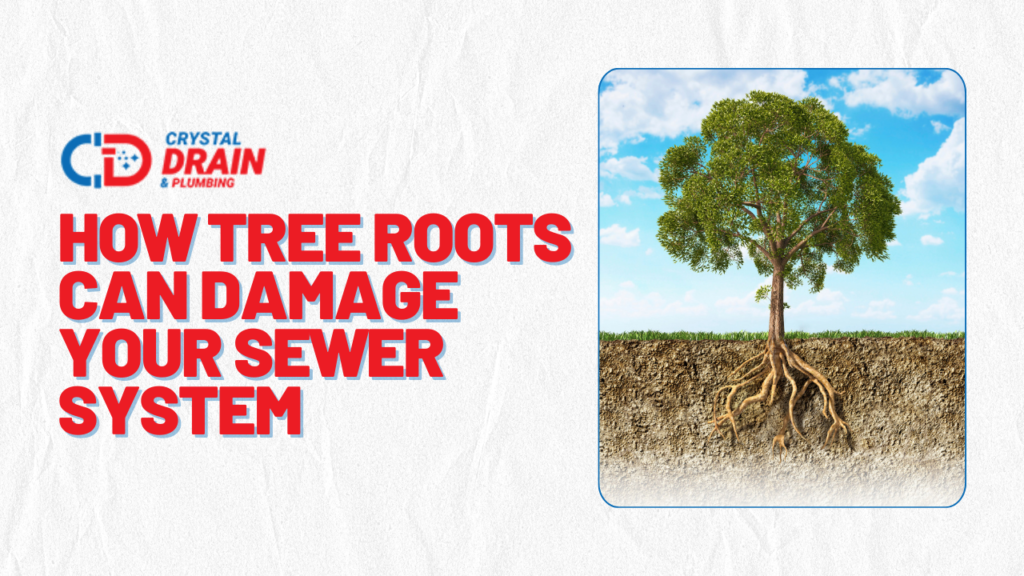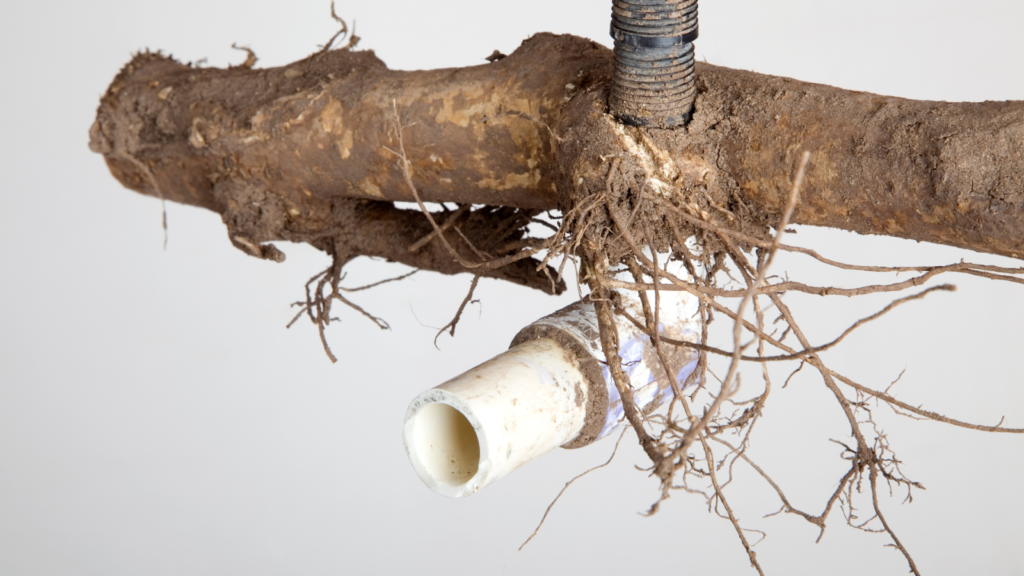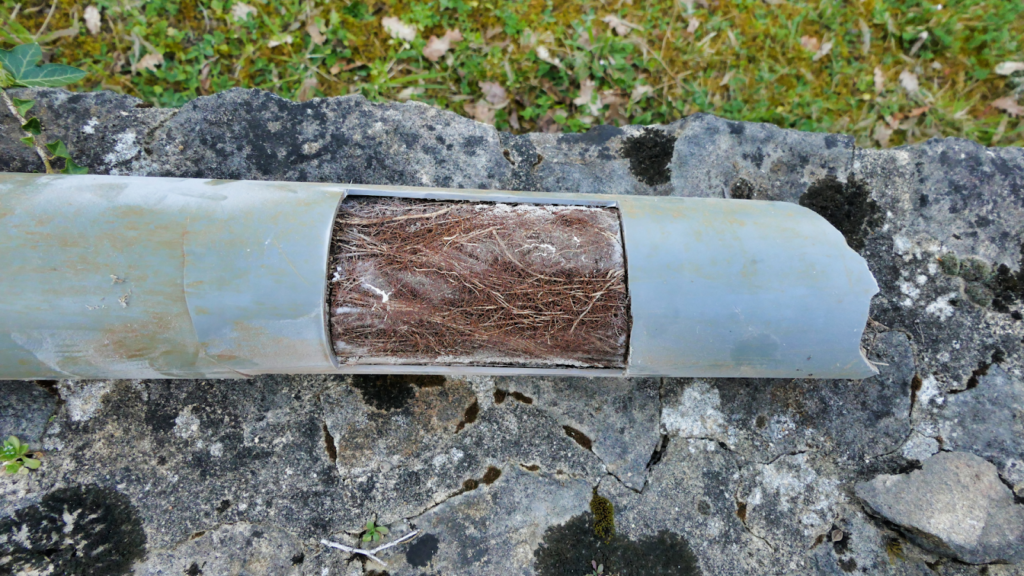How Tree Roots Can Damage Your Sewer System

Trees are a beautiful addition to any landscape, providing shade, beauty, and even increasing property value. However, as much as we appreciate trees above ground, their roots can wreak havoc underground, particularly on your sewer system. Understanding how tree roots can damage your sewer lines is crucial for preventing costly repairs and maintaining your home’s plumbing infrastructure.
The Problem with Tree Roots and Sewer Lines
Tree roots are naturally drawn to sources of water, nutrients, and oxygen, making sewer lines an ideal target. Even small cracks or loose joints in your sewer pipes can attract roots seeking moisture and nutrients. Once inside the pipes, roots can grow rapidly, causing extensive damage over time. Some common issues caused by tree roots infiltrating sewer lines include:
1. Blockages and Clogs

As tree roots grow inside sewer pipes, they can obstruct the flow of wastewater. This blockage leads to slow drains, gurgling noises from toilets and drains, and eventually complete sewage backups into your home.
2. Pipe Damage
Tree roots are powerful enough to crack, crush, or collapse sewer pipes. This damage from tree roots can result in costly repairs or even require full pipe replacements, depending on the extent of the root intrusion.
3. Increased Maintenance Costs
Dealing with tree root damage often requires frequent cleaning and maintenance of sewer lines. Regularly removing roots from pipes can become a recurring expense and inconvenience for homeowners.
Signs of Tree Root Damage
Identifying tree root damage early can help mitigate further issues and prevent extensive repairs. Look out for these signs indicating tree roots may be affecting your sewer system:
- Slow Drains: Persistent slow drainage in sinks, showers, or toilets could indicate a blockage caused by roots.
- Gurgling Noises: Unusual gurgling sounds from drains or toilets when flushing may suggest air pockets due to root blockages.
- Sewage Backups: The most severe indicator, sewage backups into sinks, tubs, or toilets, require immediate attention and professional assistance.
Prevention and Solutions

Preventing tree roots from damaging your sewer lines is key to maintaining a healthy plumbing system:
1. Choose Tree Placement Wisely
When planting new trees, select species with non-invasive root systems or plant them away from sewer lines and underground utilities.
2. Regular Inspections
Schedule routine sewer line inspections and maintenance with a professional plumber to detect early signs of root intrusion and address issues promptly.
3. Chemical Treatments
Root-killing chemicals can be applied by professionals to deter root growth near sewer lines, reducing the likelihood of damage.
4. Mechanical Augering and Hydro Jetting
Using mechanical augers or hydro jetting can clear roots from sewer pipes and restore proper drainage. These methods should be performed by trained professionals to avoid further damage.
Conclusion
While trees offer numerous benefits to your property, their roots pose a significant threat to sewer lines if left unchecked. Understanding the signs of tree root damage and taking proactive measures can save you from costly repairs and inconvenience. Regular maintenance and timely interventions by experienced plumbers are essential to keeping your sewer system functioning smoothly and your home protected.
FAQs About Causes of Basement Flooding
Heavy rains can overwhelm drainage systems and saturate the ground, leading to water seepage through cracks in the foundation or poorly sealed windows and doors.
A sump pump failure during periods of heavy rainfall or snowmelt can result in water accumulation in the basement, as it’s unable to pump out excess groundwater effectively.
Sewer systems can become overwhelmed during heavy rains, causing sewage to back up into basements through floor drains or toilets, leading to contamination and water damage.
Inadequate grading around the foundation or clogged gutters and downspouts can cause water to pool near the basement walls, increasing the risk of water infiltration during wet weather.
